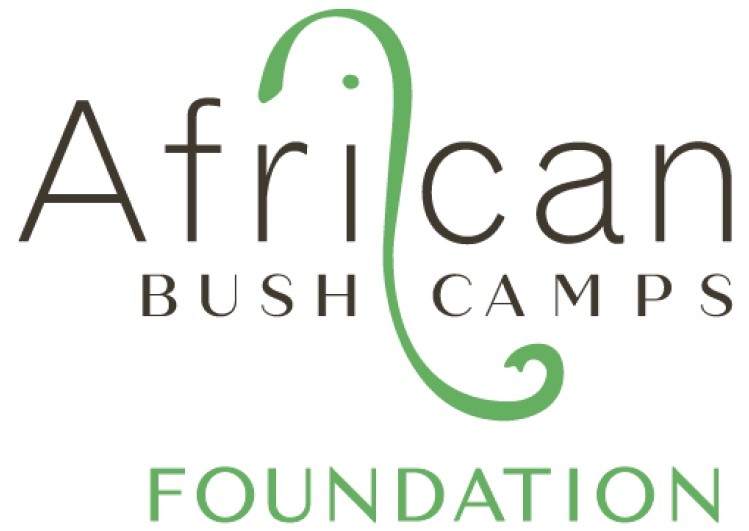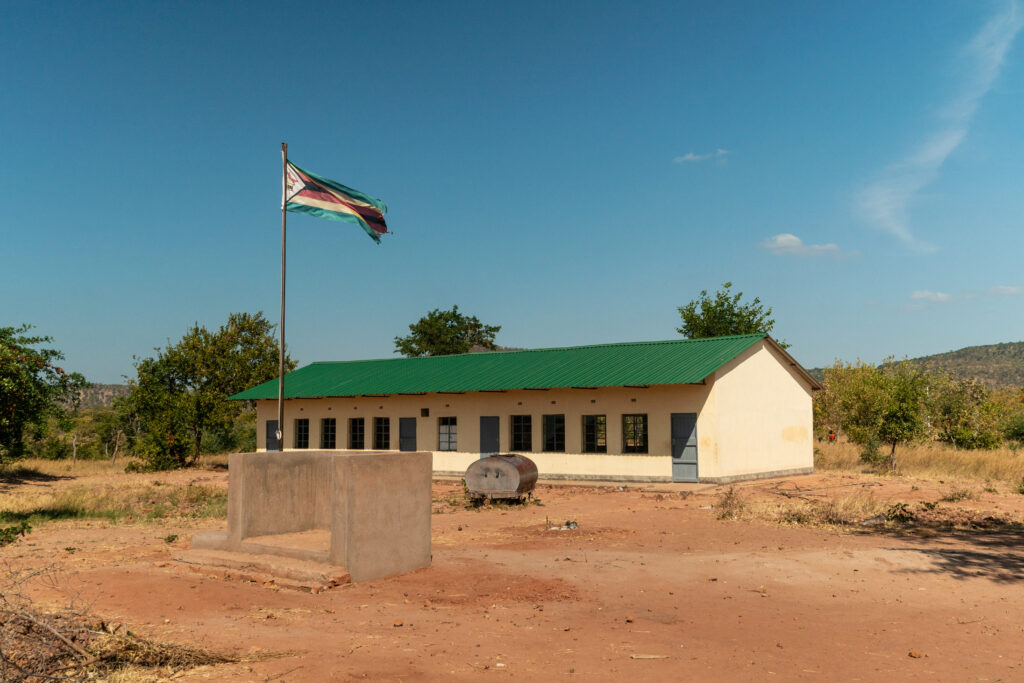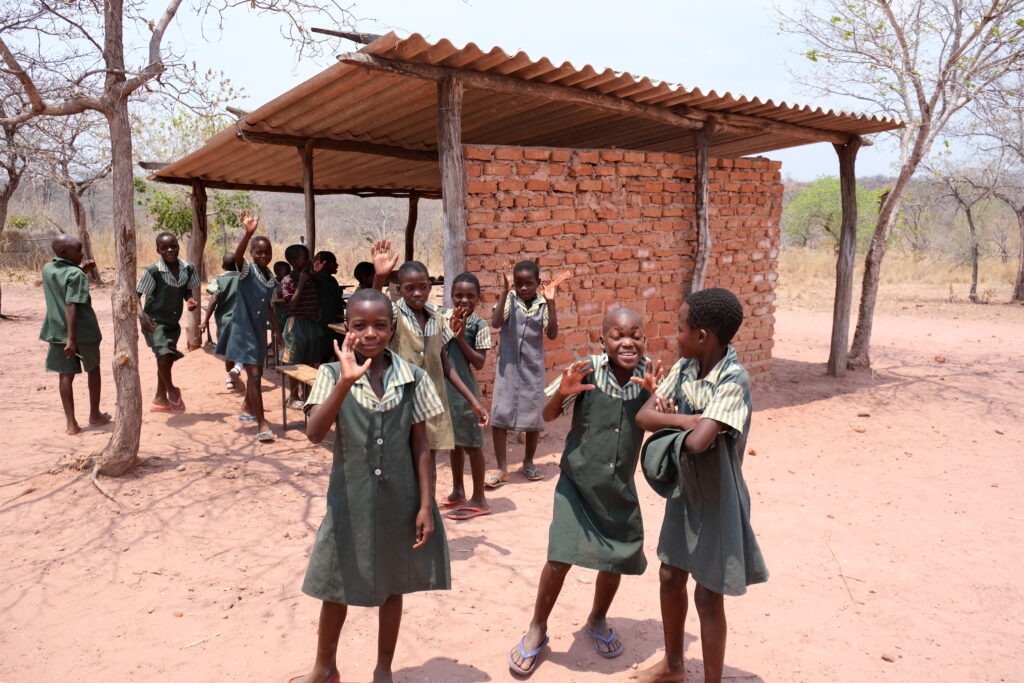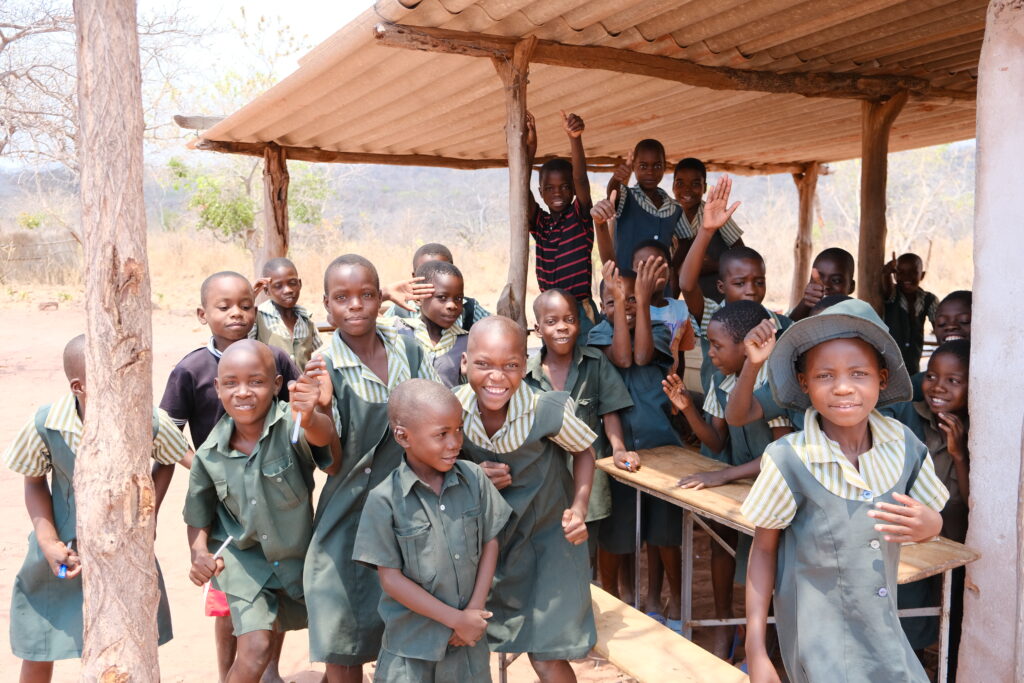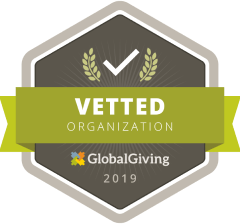Mangwara Primary School
Mangwara Primary School in the Mola region is one of the largest schools we support with an average of 300 learners from ECD to grade 7.
Over the past few years, we have made significant infrastructure investments in the school to ensure that learners have adequate facilities and resources. We built an additional classroom block, installed solar and a borehole for the school, purchased desks and chairs and textbooks to aid in the academic development of learners and to improve the school pass rate.
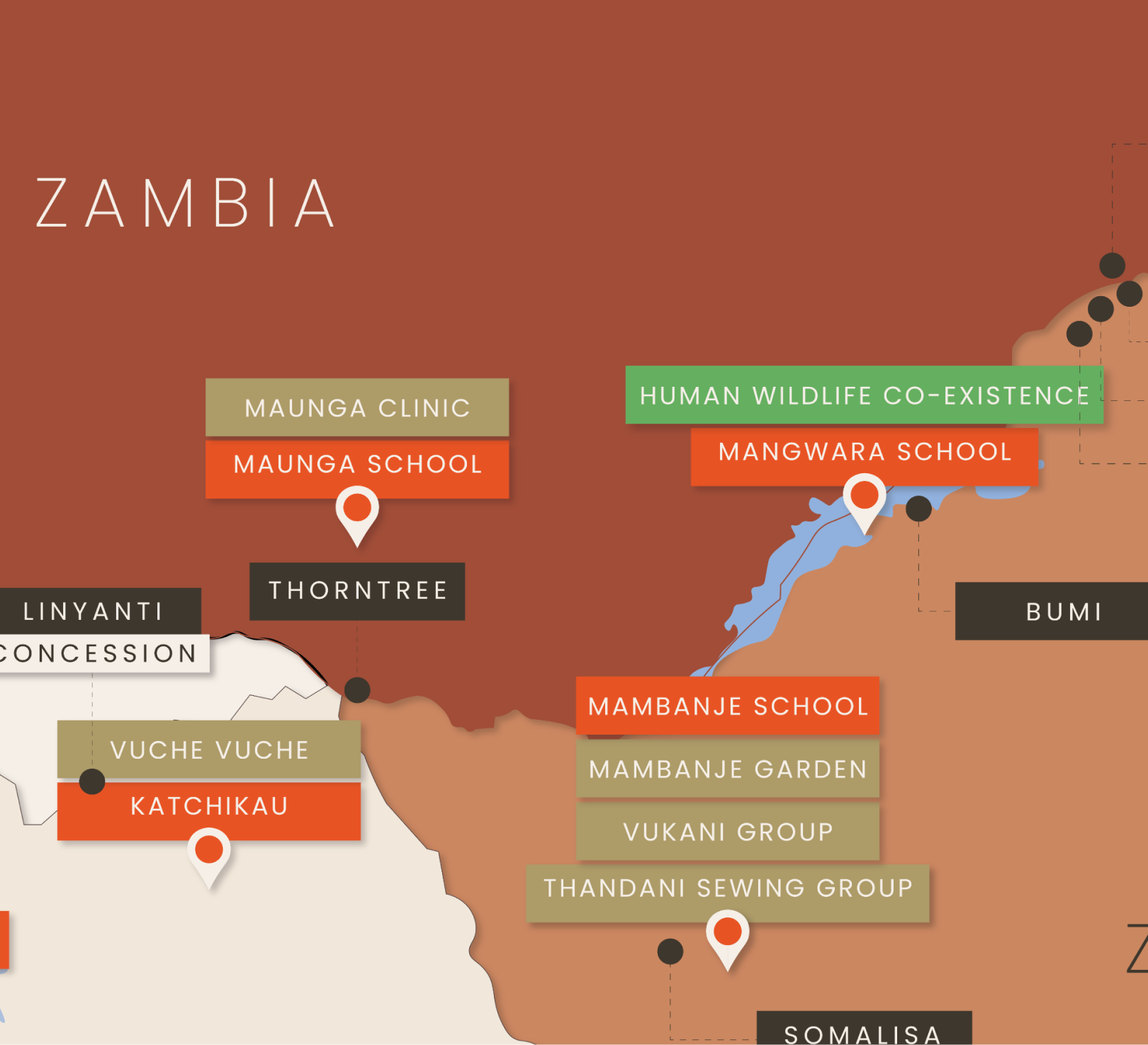
About our Project
School performance
- The school currently has a pass rate of 9%.
- The school had a 9% dropout rate and was losing 30 learners a year
- Approximately 70 new learners are joining the school each year
Challenges identified at the school include:
- The teachers’ accommodation is falling apart.
- The school had a high absenteeism rate and a low pass rate
- Solar at the school is not working
- Not enough classrooms at the school for all the learners
- Shortage of learning materials and textbooks at the school
- Low teacher morale
- Grade 7 learners travel far to write exams
Our long-term goal for the school and the impact we want to have

In 2022, we completed the installation of the septic tank and toilet system at the school, and for the first time, many of the learners at the school are using flushing toilets instead of the traditional squatting toilets. We purchased additional textbooks, desks, and chairs for the school to support the increasing number of learners returning to school. Increasing the school’s learning materials and resources helped to reduce the number of learners who are currently sharing learning materials and provide much-needed stationery to children who can’t afford these resources and are missing school as a result.
Our next focus is to build additional classroom blocks at the school and renovate the teacher’s accommodation. Building additional classrooms will allow for all the learners at the school to learn inside. Teachers will also be more comfortable in the accommodation, increasing motivation and morale as teachers will be happier where they work and live. This will also help us retain the teachers who are currently looking to transfer due to poor living conditions.
Total spending for 2022: $12,500
Total projected costs for 2023: $137,400
